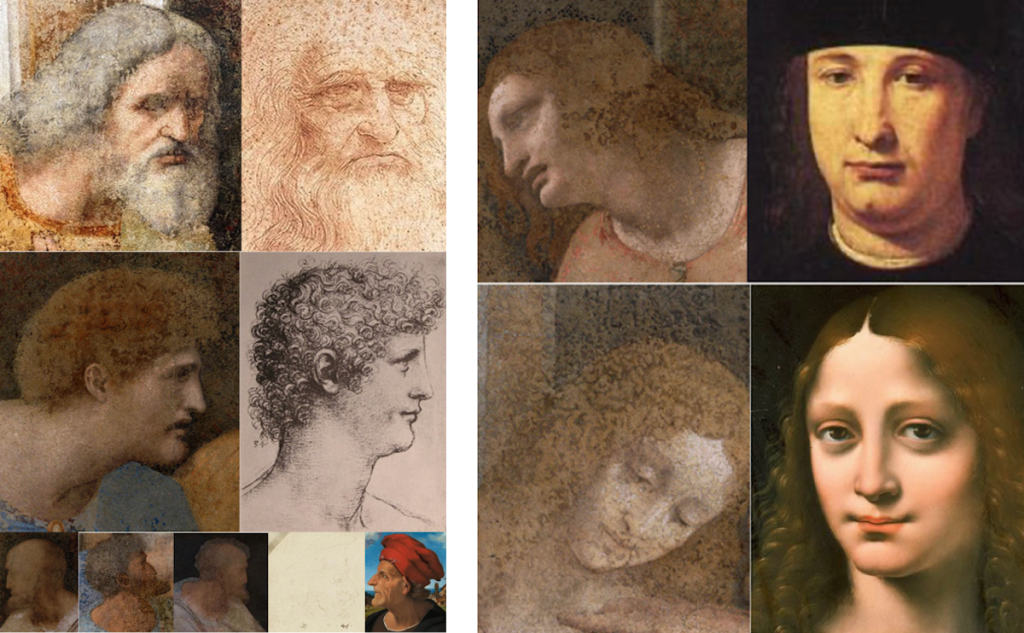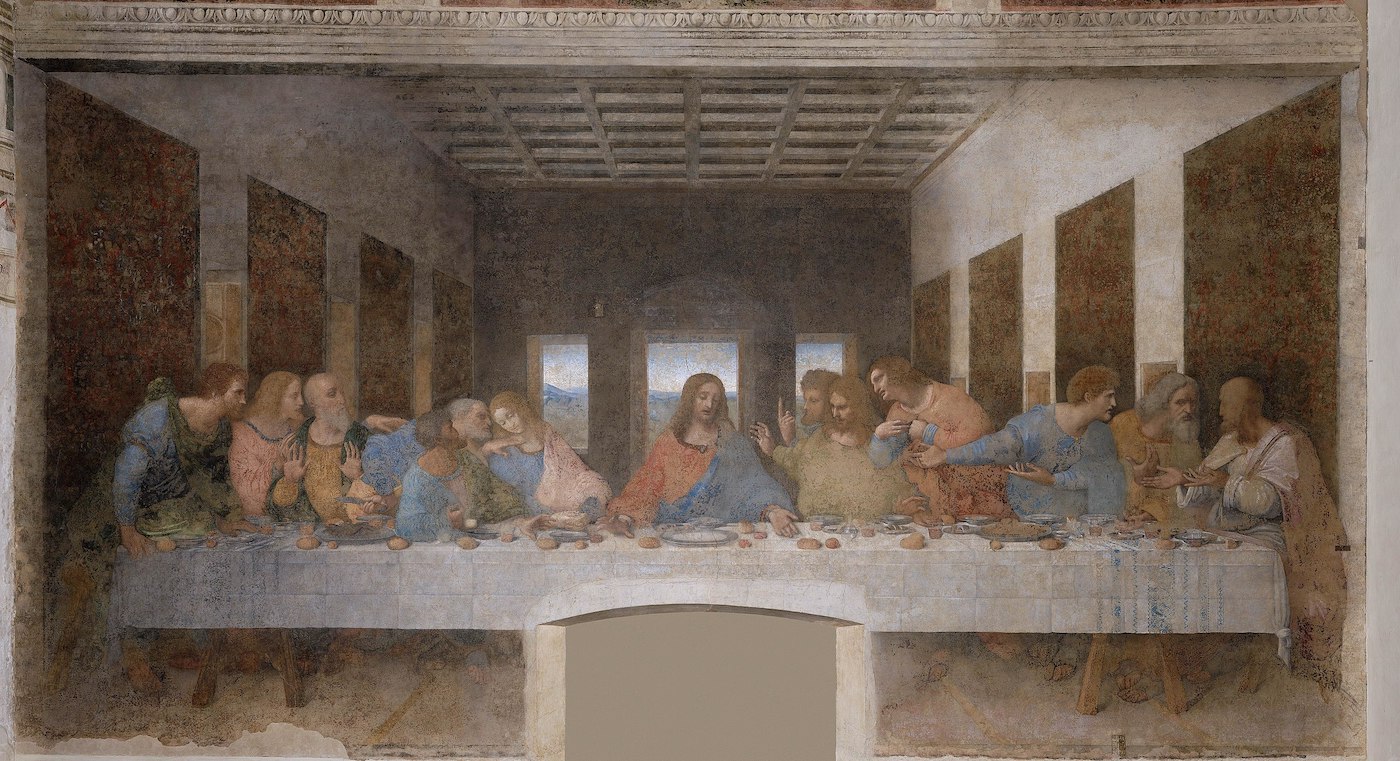The genius of Leonardo Da Vinci it never ceases to amaze. The latest incredible discovery concerns “Last dinner”, the fresco made in the refectory of the convent of Santa Maria delle Grazie a Milano between 1494 and 1498. A recent research carried out by Annalisa DiMaria, expert on Leonardo Da Vinci and the Florentine Neoplatonismfrom the doctor Nathalie Popis, specialist in the importance of mathematics in philosophy, and supervised by the Emeritus Professor Jean-Charles Pomerol, who presided over the UMPC and the scientific committee of the CNRS, has once again demonstrated the very close link between Leonardo Da Vinci and ancient philosophy. In fact, according to the researchers, Leonardo also included some in his masterpiece great thinkers of antiquity. It is St. Bartholomew, St. James the Less e Sant'Andrea (the first three on the left). For the face of the saints Leonardo would in fact have been inspired by the emperor philosopher Marco Aurelio and the Greek philosophers Thales e Pythagoras.

The results of this research, published in an article on “Open Science" by title "Neoplatonic influence and divine proportion in Leonardo da Vinci”, they showed much more. The Leonardo's Last Supper in fact, it represents the union of Platonism and Christianity, one of the precepts of Neo-Platonism. Thales, Pythagoras and Marcus Aurelius, in fact, they listen to the Christ, or the "Logos”, reason of the world and explanation of the creation of the universe according to Platonic philosophy. According to Plato's thought, which inspired the Neoplatonic Academy of Florence, "God is the measure of all things” and represented both the most measured being and the measure to which man had to conform. For Plotinus, founder of Neoplatonism, a link was therefore necessary between all beings coming from the same unity which would be divine. In his masterpiece Leonardo, in addition to theingenious use of geometry, therefore wants to testify precisely this thought.
The Last Supper: the representation of God's unconditional love for humanity
Even Leonardo Da Vinci himself participates in this spiritual communion, lending his face to St. Jude Thaddeus. It is the penultimate apostle, in the triad on the right, next to San Matteo, which has the face of his disciple Salai, and Saint Simon the Zealot, whose face is that of Francis Giamberti, whom Leonardo considered a master. The latter, in particular, also lends its face to Judas Iscariot. Finally, the Florentine genius also wanted to pay homage Marco D'Oggiono e Antonio Boltraffio, two of his disciples who participated in the elaboration of the Last Supper. The two artists have been included in the fresco by lending their faces to Saint John e San Filippo, also for their being wise men, coming in their multiplicity from a common unity, that is God.

This masterpiece of Leonardo Da Vinci, not only represents the union between Platonism and Christianitybut also God's unconditional love for humanity. The Florentine master himself, in making it, manages to touch the divine. The research of Di Maria, Popis and Pomerol opens up new scenarios in the interpretation of this Leonardo masterpiece, confirming once again the immense genius of Leonardo and the influence that platonic philosophy had in his life. It is in fact a discovery destined to shake up the art world.





